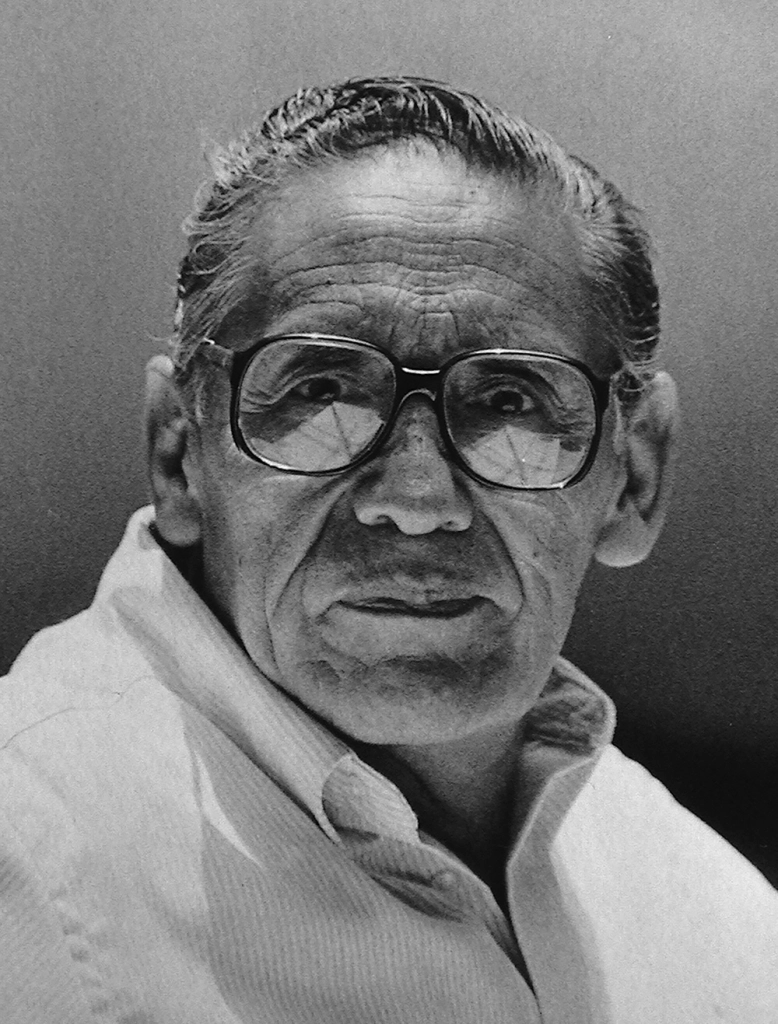La edificación donde se encuentra la Casa Museo Solón, Av. Ecuador 2517 del barrio Sopocachi de La Paz, Bolivia, fue adquirida por el artista en 1964.
Originalmente la casa tenía sólo tres pisos uno de los cuáles era un sótano que Solón utilizaba como su taller. A principios de la década de los 90, el artista construyó un nuevo piso donde mudo su mesa de dibujo y sus caballetes de pintura, mientras en el sótano mantenía su taller de grabado, tallado, tejido y pintura de grandes paneles para sus murales.

En 1994 con la realización del video El Valle de las Piedras (El Quijote y la Rosa) comenzó el proceso de conformación de la Casa Museo Solón. Fue en ese momento que se tomó la decisión de hacer realidad su sueño: construir un espacio para preservar su obra y promover espíritus rebeldes y creativos.
En 1996 se constituyó de manera formal la Fundación Solón a quién Solón le transfirió la propiedad de su casa. Tres años después Solón partió de manera definitiva cuando aún la casa no había sido totalmente tomada por el arte.
La casa fue remodelada y habilitada en su totalidad como Casa Museo Solón el año 2002. En su seno se encuentra más de mil obras del artista: murales, quijotes, tapices, grabados, retablos, manchas, amates, pinturas y centenares de dibujos en todos los soportes que uno se pueda imaginar. Así mismo, en este recinto están una variedad de objetos, documentos y recuerdos que Solón atesoraba con gran cariño.
En la primera y segunda planta están ubicadas las principales salas de exhibición. En el tercer piso se encuentra su mesa de dibujo, los murales inconclusos sobre la historia de la coca y su propia vida y algunos de sus recuerdos. En el sótano continúan sus tórculos de grabado, sus telares, sus bancos de carpintería y una variedad de herramientas.
En la Casa Museo Solón funciona la Fundación Solón.
The building where the Solón House Museum is located, Av. Ecuador 2517 in the Sopocachi neighborhood of La Paz, Bolivia, was acquired by the artist in 1964.
Originally the house had only three floors, one of which was a basement that Solón used as his workshop. At the beginning of the 90s, the artist built a new apartment where he moved his drawing table and his painting easels, while in the basement he maintained his workshop of engraving, carving, weaving and painting of large panels for his murals.
In 1994, with the making of the video El Valle de las Piedras (Don Quixote and the Rose), the process of shaping the Solón House Museum began. It was at that moment that the decision was made to make his dream come true: to build a space to preserve his work and promote rebellious and creative spirits.
In 1996 the Solón Foundation was formally constituted to whom Solón transferred the ownership of his house. Three years later Solón left for good when the house had not yet been totally taken over by art.
The house was completely remodeled and enabled as the Solón House Museum in 2002. In its bosom there are more than a thousand works by the artist: murals, quixotes, tapestries, engravings, altarpieces, stains, amates, paintings and hundreds of drawings in all the supports that one can imagine. Likewise, in this enclosure are a variety of objects, documents and memories that Solón treasured with great affection.

The main exhibition rooms are located on the first and second floors. On the third floor are his drawing table, the unfinished murals on the history of coca and his own life, and some of his memories. In the basement their engraving machines, their looms, their carpentry benches and a variety of tools continue.
The Solón Foundation works in the Solón House Museum.



